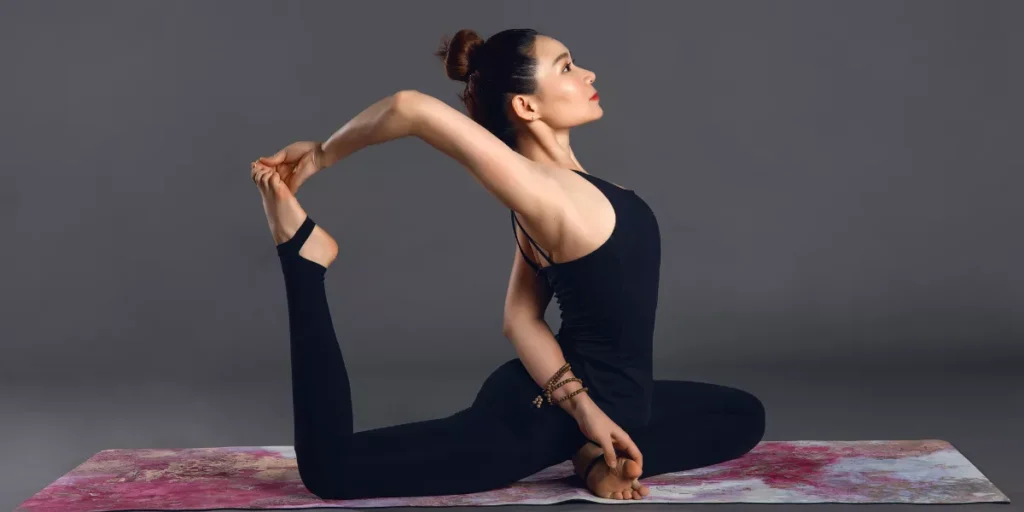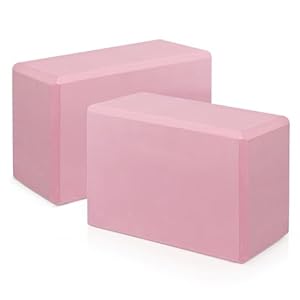
When selecting the right type of yoga for your goals, it’s crucial to consider your desired outcomes and how different yoga styles can support them. Understanding the nuances of each practice and their benefits can be a game-changer in tailoring your yoga routine to meet your specific needs. By diving deeper into the world of yoga, you’ll discover a wealth of options waiting to assist you in achieving your goals, both physically and mentally. So, how exactly can you navigate this sea of possibilities to find the perfect match for your intentions?
Understanding Your Goals
When choosing the right type of yoga, it’s essential to first understand your goals. Are you looking to increase flexibility, build strength, reduce stress, or improve your overall well-being? Identifying your objectives will guide you in selecting the yoga style that best aligns with what you want to achieve.
If your goal is to enhance flexibility, consider practices like Hatha or Yin Yoga. These styles focus on holding poses for longer periods, allowing your muscles to relax and stretch deeply. For those aiming to build strength, Power Yoga or Ashtanga Yoga may be more suitable. These dynamic styles incorporate flowing sequences that challenge your muscles and enhance endurance.
Reducing stress and promoting relaxation are common goals for many individuals. In such cases, Restorative Yoga or Yoga Nidra can be highly beneficial. These practices emphasize deep relaxation, breathing techniques, and gentle movements to calm the mind and body. Understanding your goals is the first step towards finding the perfect yoga practice that meets your needs and aspirations.
Exploring Different Yoga Styles
To explore different yoga styles effectively, start by familiarizing yourself with the various practices available and their unique characteristics. Yoga styles vary in their focus, intensity, and techniques. Hatha yoga is a gentle practice that focuses on basic poses and breathing exercises, making it suitable for beginners.
Vinyasa yoga, on the other hand, links breath with movement in a dynamic flow, promoting strength and flexibility. If you seek a more meditative practice, consider trying Yin yoga, which involves holding poses for extended periods to target deep connective tissues.
For those looking to build strength and stamina, Power yoga offers a vigorous workout through fast-paced sequences. Bikram yoga, practiced in a heated room, aims to detoxify the body and increase flexibility. If you prefer a more alignment-focused practice, Iyengar yoga uses props to help achieve precision in each pose. Ashtanga yoga follows a specific sequence of poses to promote discipline and physical endurance.
Matching Yoga Styles to Goals
Consider your fitness objectives and personal preferences when selecting a yoga style that aligns with your goals. If you aim to build strength and flexibility, Power Yoga or Ashtanga Yoga might be suitable choices. These styles often involve more vigorous sequences and challenging poses. For stress relief and relaxation, Yin Yoga or Restorative Yoga could be more beneficial due to their focus on holding poses for longer periods, promoting deep relaxation.
If weight loss is your goal, Vinyasa or Hot Yoga classes can help burn calories and increase heart rate. Bikram Yoga, known for its practice in a heated room, is also popular for weight loss. For enhancing mindfulness and inner peace, Hatha Yoga or Iyengar Yoga, with their emphasis on alignment and breath work, can be excellent options.
Furthermore, if you’re looking to improve balance and coordination, trying out a class in Yoga Balance or Anusara Yoga might be beneficial. Remember, the key is to choose a yoga style that resonates with you and supports your overall well-being.
Considering Physical Limitations
If you have any physical limitations, it’s important to adapt your choice of yoga style accordingly to ensure a safe and effective practice. When selecting a yoga style, consider your specific physical needs and abilities. For example, if you have joint issues, a gentle and restorative practice like Yin Yoga may be more suitable than a vigorous style like Ashtanga.
It’s crucial to communicate any physical limitations or injuries to your yoga instructor before starting a class. This will allow them to provide modifications and adjustments to ensure you can practice safely. Additionally, choosing a class specifically designed for individuals with physical limitations or injuries can be beneficial. These classes often focus on alignment, gentle movements, and provide props for support.
Listen to your body during practice and modify poses as needed. Avoid pushing yourself beyond your limits and remember that yoga is about honoring and respecting your body. By choosing a yoga style that caters to your physical limitations and practicing mindfully, you can experience the many benefits of yoga while reducing the risk of injury.
Seeking Professional Guidance
Seeking professional guidance can provide valuable insight and personalized recommendations for choosing the right type of yoga based on your individual needs and goals.
Yoga instructors and practitioners who specialize in different styles can assess your fitness level, health concerns, and objectives to help you make an informed decision. They can suggest styles that align with your physical abilities, such as gentle yoga for beginners or restorative yoga for stress relief.
Additionally, professionals can tailor sequences to address specific issues like back pain, flexibility, or mental well-being.
Yoga














